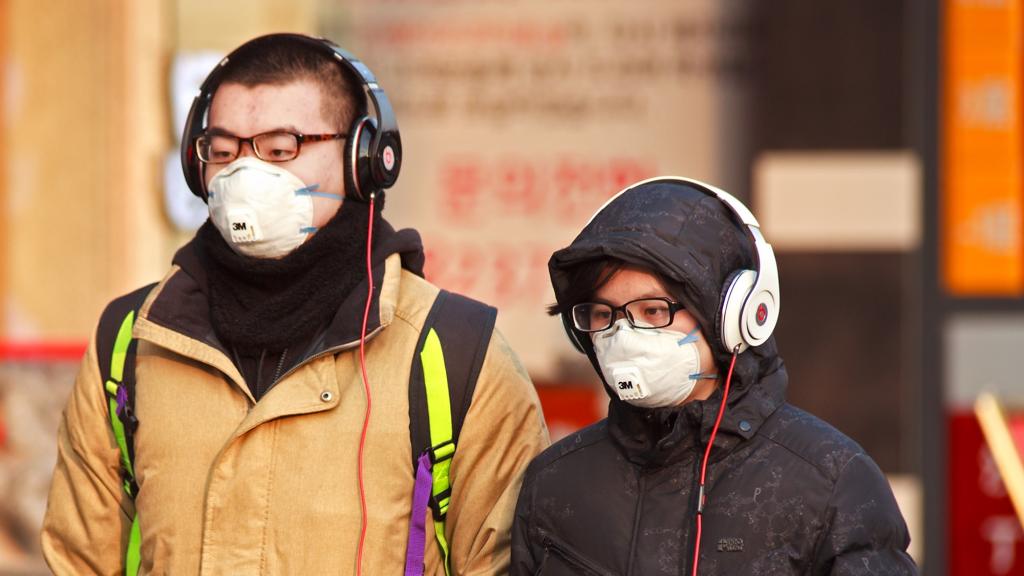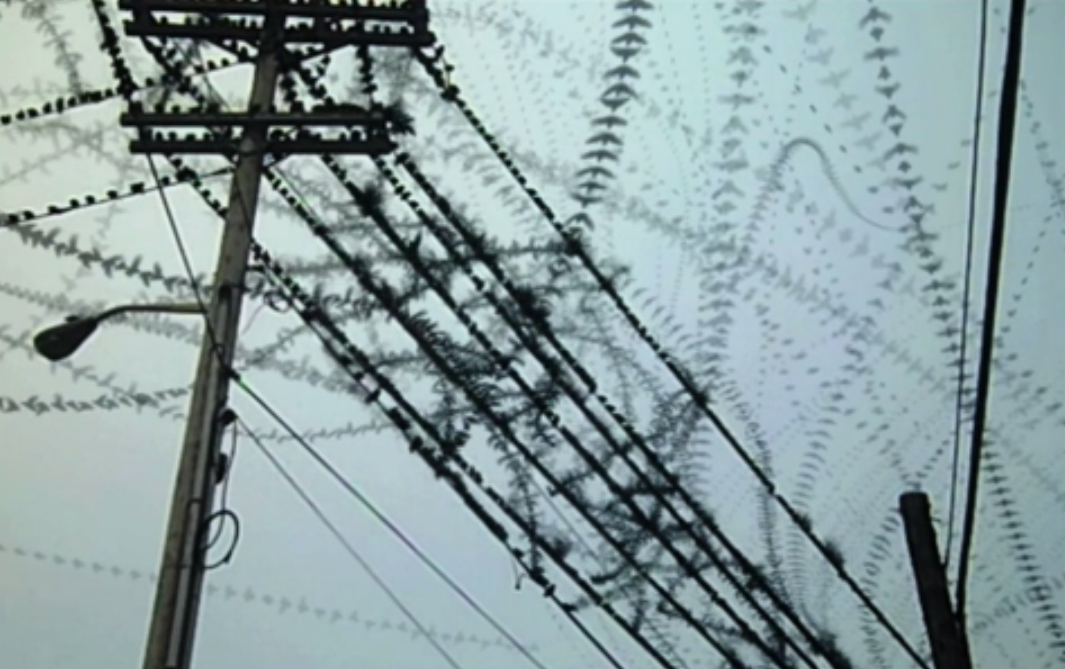Dennis Hlynsky’s video project “small brains on mass” use digital processing to show the tracks of birds and bugs. It’s like that one part in Donnie Darko, except there’s no time travel and no incipient mental breakdowns — just a beautiful illustration of the patterns of nature.
Hlynsky says his process is not traditional time lapse, but comes from combining the images on a chunk of video frames at a time:
They are processed by stacking a sequence of frames and adding the darkest pixels together. The frame at the beginning of the stack is dropped and the next frame in sequence is added to the end of the stack. This process is repeated until the entire video clip is rendered.
According to Hlynsky, his hope is that the project illuminates the emergent behavior of small-brained creatures like birds and bugs (I didn’t post any of the bug videos here because they frankly get a little creepy):
As we collect more data and attempt to track and visualize it – I feel the study of these movements in our urban nature habitats can serve as a powerful model for visualizing complex systems. To some degree these videos are studies of mob behavior. Are these decisions instinctual or a small thoughtful considerations? Does one leader guide the group or is there a common brain? Is a virus a single creature or a diffused body that we inhabit? So many of these patterns are visualizations of randomization. Is randomization an instinctual or predictive? Are creatures naturally prone to randomness rather than the organization to which humans aspire?
But we’ll also accept them as meditative (at least with the sound off) explorations of natural behaviors.



